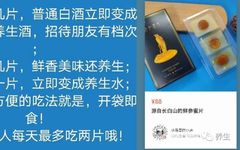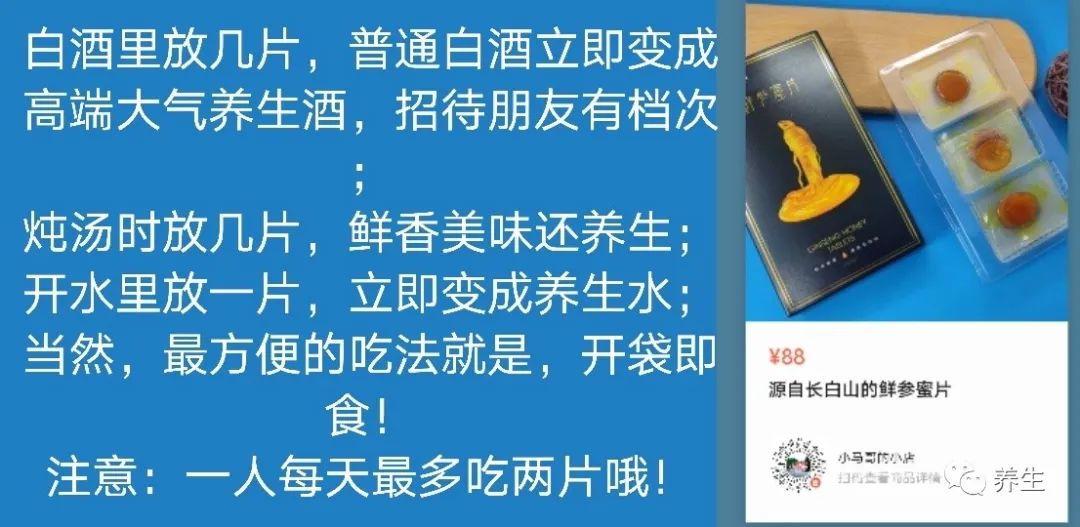
According to Traditional Chinese Medicine (TCM), many diseases are caused by an imbalance of Yin and Yang in the body. The terms “Yang excess and Yin deficiency” or “Yin excess and Yang deficiency” refer to manifestations of this imbalance. So, what are Yin and Yang? How are they applied in TCM? How can we maintain the balance of Yin and Yang? Let’s explore these questions.
The Basic Concept of Yin and Yang in TCM
Yin and Yang are a pair of categories in ancient Chinese philosophy that summarize the opposing attributes of certain phenomena or things in nature. Yin and Yang can represent opposing things or phenomena, as well as the two aspects within the same thing or phenomenon. Generally speaking, anything that is active, outward, ascending, dispersing, warm, bright, and exciting belongs to Yang; while anything that is relatively still, inward, descending, condensing, cold, dark, and suppressive belongs to Yin.
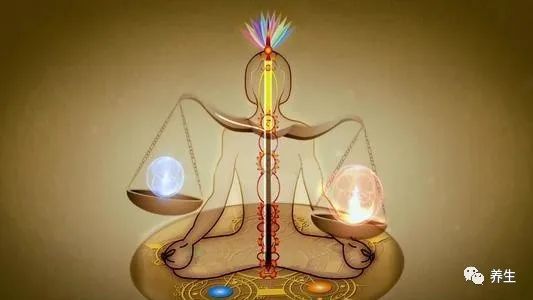
Applications of the Yin-Yang Theory in TCM1. In terms of organizational structure and physiological functions, the Yin and Yang attributes of the organs and bodily tissues can be summarized as follows: the upper part of the body is Yang, while the lower part is Yin; the surface of the body is Yang, while the interior is Yin. For example, the back is Yang and the abdomen is Yin; the outer sides of the limbs are Yang, while the inner sides are Yin. In terms of organs, the five Zang organs (solid organs) belong to Yin, while the six Fu organs (hollow organs) belong to Yang. Among the twelve meridians, the three Yin and three Yang meridians of the hands and feet are classified based on their pathways: the Yang meridians run along the outer sides of the limbs, while the Yin meridians run along the inner sides.2. In pathology, pathogens can be divided into two main categories: Yin and Yang. Generally, the six excesses (liuyin) belong to Yang pathogens, while dietary issues, emotional disturbances, etc., belong to Yin pathogens. The process of disease development is a struggle between the pathogenic factors and the body’s righteous Qi: when Yang pathogens invade the body, the Yin aspect of the body’s righteous Qi fights back; conversely, when Yin pathogens invade, the Yang aspect of the righteous Qi combats them. This struggle leads to an imbalance of Yin and Yang, resulting in disease. Therefore, Yin-Yang imbalance is one of the fundamental mechanisms of disease.
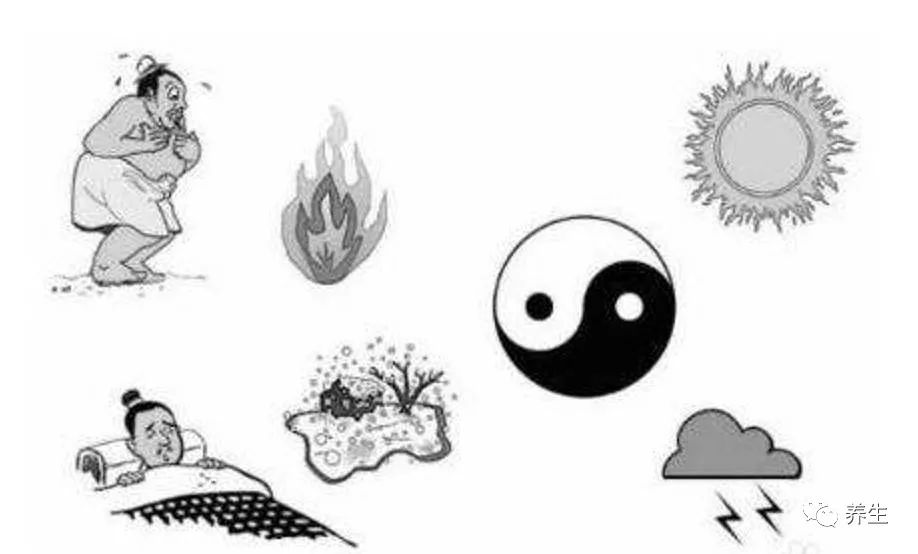
3. In disease diagnosis, the process of diagnosing diseases in TCM includes both observing the disease and identifying the syndrome. The four diagnostic methods (observation, listening, inquiry, and palpation) collect various data, including immediate symptoms and signs, to analyze the Yin and Yang attributes. For instance, color can be classified as Yin or Yang: bright colors indicate a Yang condition, while dull colors indicate a Yin condition. Breath can also be classified: a loud and energetic voice often indicates a Yang condition, while a weak and quiet voice suggests a Yin condition. In clinical differentiation, the Yin-Yang theory is used to analyze the complex symptoms, and only by clarifying Yin and Yang can we grasp the essence of the disease and simplify the complexity.4. In disease prevention and treatment, adjusting Yin and Yang to maintain and restore relative balance is a fundamental principle for preventing and treating diseases, and it is a major aspect of the application of the Yin-Yang theory in disease management.How to Maintain Yin-Yang Balance
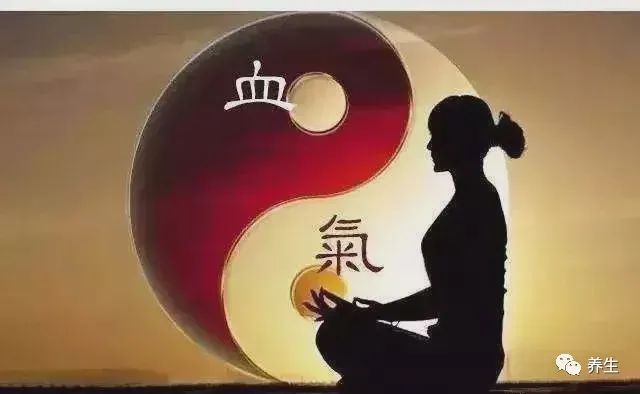
To maintain Yin-Yang balance, one should follow the rhythms of nature and go with the flow rather than against it. Here are a few examples: rest and sleep when it is dark, and wake up and work when it is light; wear more clothes when it is cold and take them off when it is hot; seek shelter from the rain and come out to bask in the sun when it is clear; sleep early in winter when it gets dark early; and wake up later in summer when it gets light later.From the perspective of daily life details:1. Movement and stillness. In modern society, opportunities for movement are limited; many people sit in offices and use cars instead of walking, leading to a lack of movement, which results in imbalance. Common manifestations include obesity, Qi stagnation, blood stasis, and hemorrhoids. While exercise is not a cure-all, it is essential in daily life. 2. Diet. In consultations, I have encountered friends with various eating habits: some love meat and dislike vegetables and fruits; some love vegetables and fruits but never eat meat, being strict vegetarians; others only enjoy sweets, barbecues, spicy hot pots, etc.; some eat only grains daily; and many more. Overall, this also indicates an imbalance, ultimately leading to issues with the spleen and stomach, Qi and blood, and organ functions. Even if test results are normal, one may still feel unwell! We often say that a balanced diet supports the system of Yin-Yang balance; an unbalanced diet ultimately leads to an imbalance of Yin and Yang in the body.
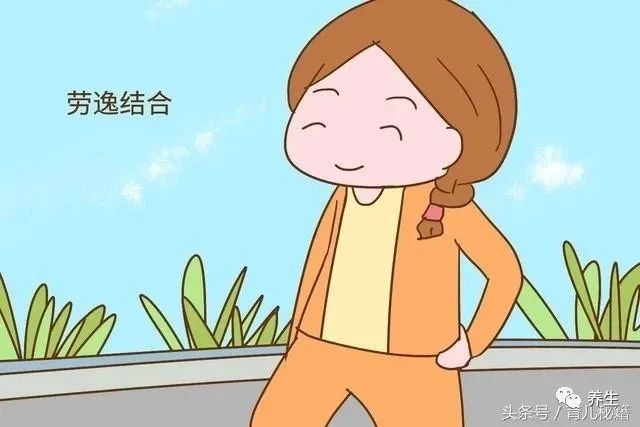
3. Sleep and activity. Sleep represents Yin, as it is a time for rest and recovery of Qi and blood energy, while activity consumes energy and makes space for new energy, similar to pouring out a full bottle of water to make room for new water. Life is a continuous cycle of filling and pouring out. Once this balance is disrupted, such as sleeping too little and moving too much, or sleeping too much and moving too little, it can lead to various imbalances, such as pale complexion, Qi and blood deficiency, low immunity, and heat symptoms like red eyes. While short-term issues may be manageable, long-term severe imbalances can pose serious health risks, as seen in reports of sudden deaths from staying up late. In addition to these three points, it is also important to balance work and rest; control desires; maintain an optimistic mindset, reduce anxiety, and promote happiness; manage emotions, and cultivate a peaceful demeanor.Fresh Ginseng Honey SlicesTake one slice when feeling fatigued at work;Take one slice when working late or staying up;Take one slice when feeling down;Take one slice when having trouble sleeping…
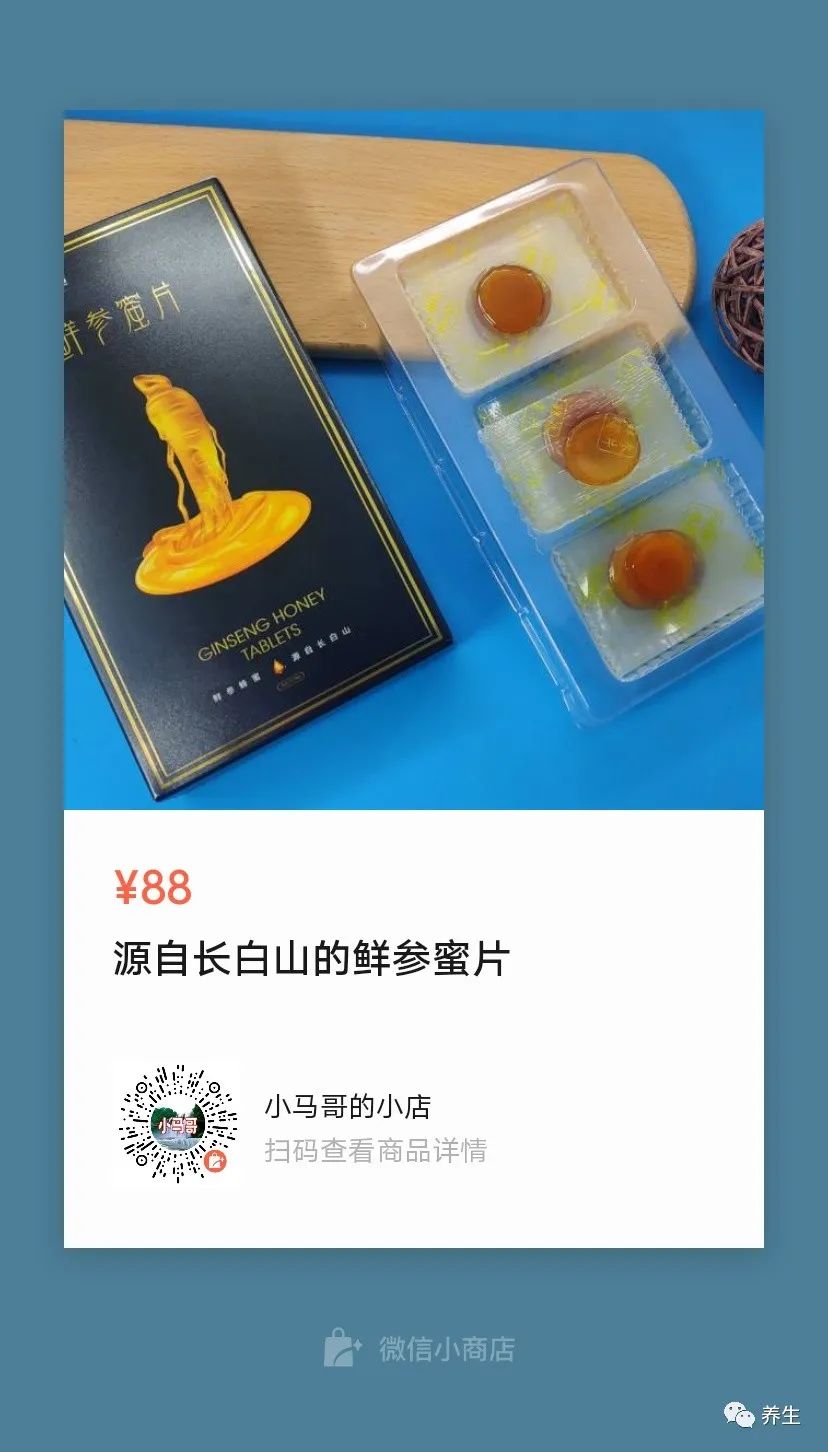
Editor: Xiao Ma GeNote: Some images and text are compiled from the internet, and the copyright belongs to the original authors. If there is any infringement, please contact us for removal.

